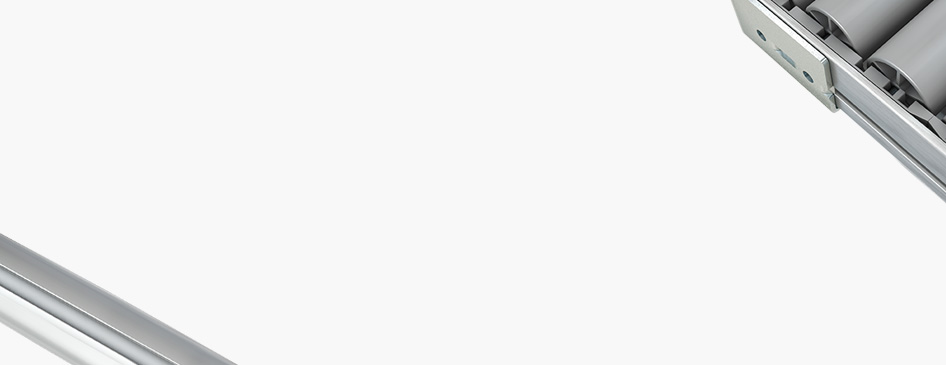
Wählen Sie eine
oder mehrere Sprachen aus
0,1,0
- Deutsch
- Englisch
- Chinesisch
- Spanisch
Concrete
The term concrete refers to artificial stone, which can be made using various raw materials. These raw materials include at least cement, water and aggregate (additives such as sand, gravel and grit). Additional materials can be incorporated into concrete to produce various properties.
Before it has hardened, the concrete is described as fresh or plastic, afterwards it is referred to as cured or set.
When mixed, Cement and water form cement paste, which is a binder. The addition of water sets off a chemical reaction in the binder (hydration) that causes the fresh concrete to cure and become a dispersed construction material, in which the clinker components of the cement crystallise into needle formations. Standard concrete that has not been treated with special measures to protect against frost and drying-out can be processed at temperatures between 5 °C and 30 °C.
The resultant cured concrete exhibits high compressive Strength. To achieve higher tensile strength, reinforcing Steel (structural steel) can be incorporated into the fresh concrete.
Types of concrete are differentiated based on:
- Dry bulk density (lightweight, standard and dense concrete)
- Where it is produced (building site, ready-mix and cast-in-place concrete)
- How it is used (e.g. underwater concrete)
- How it is compacted (vibrated, tamped, fluid, air-placed concrete)
